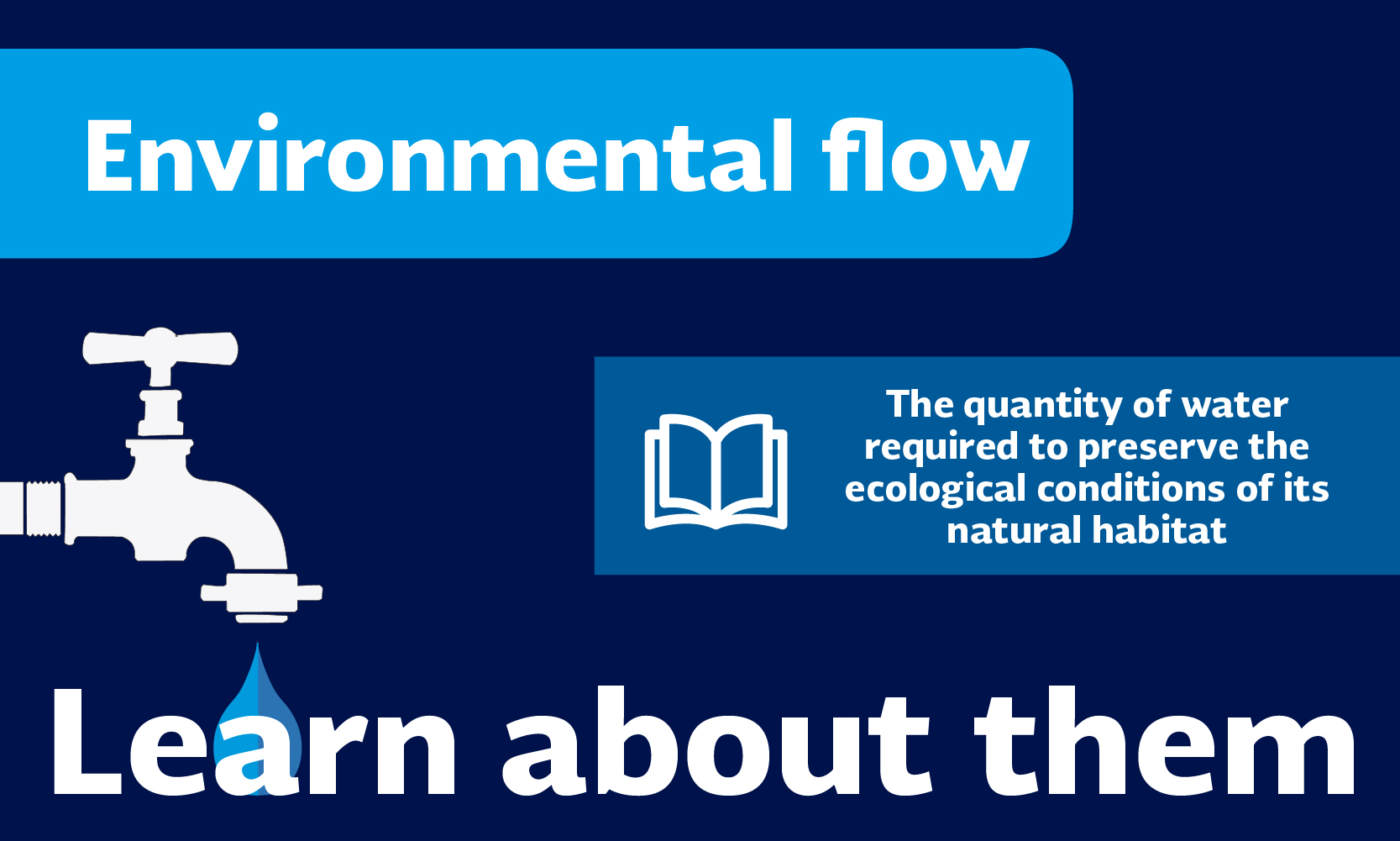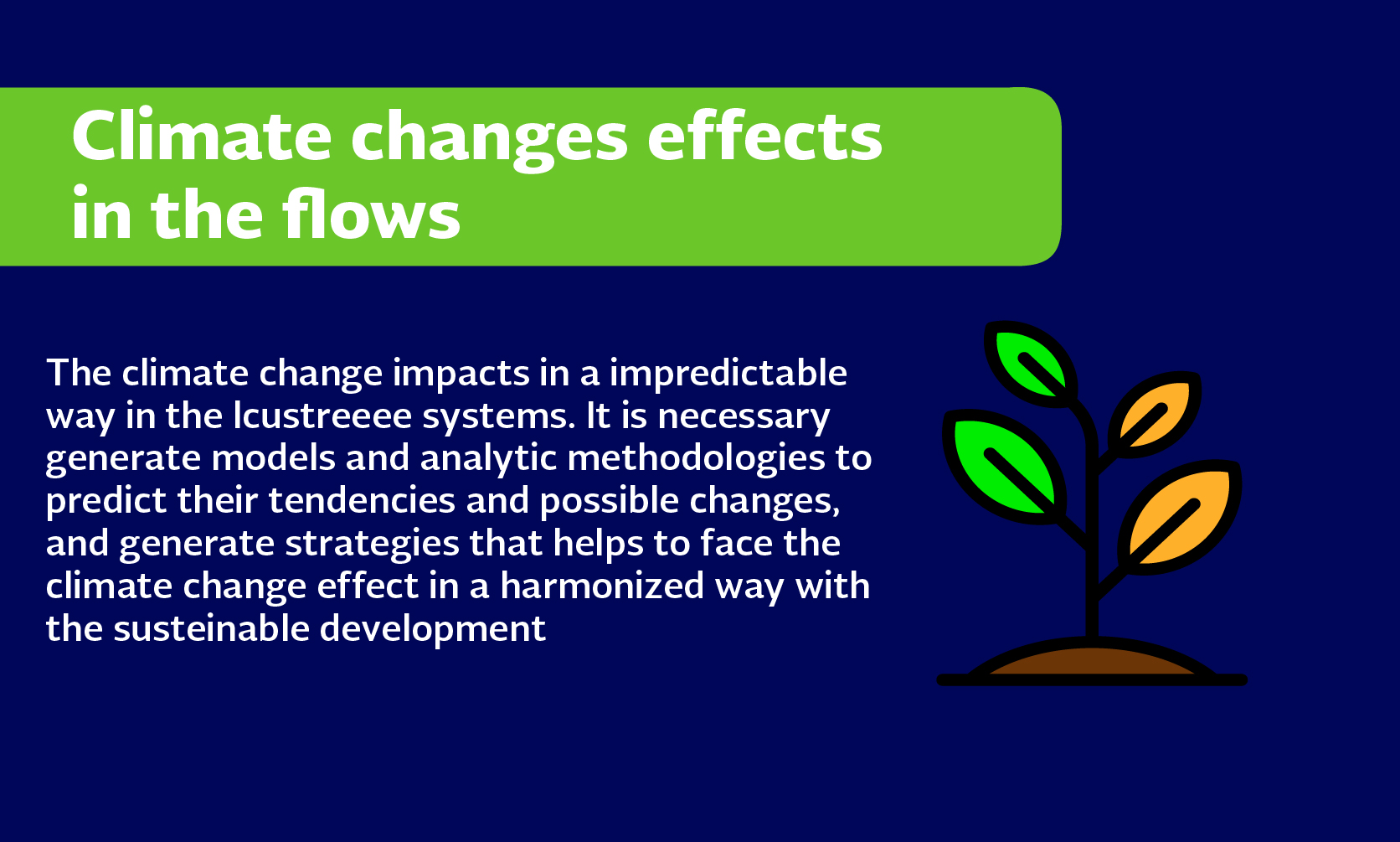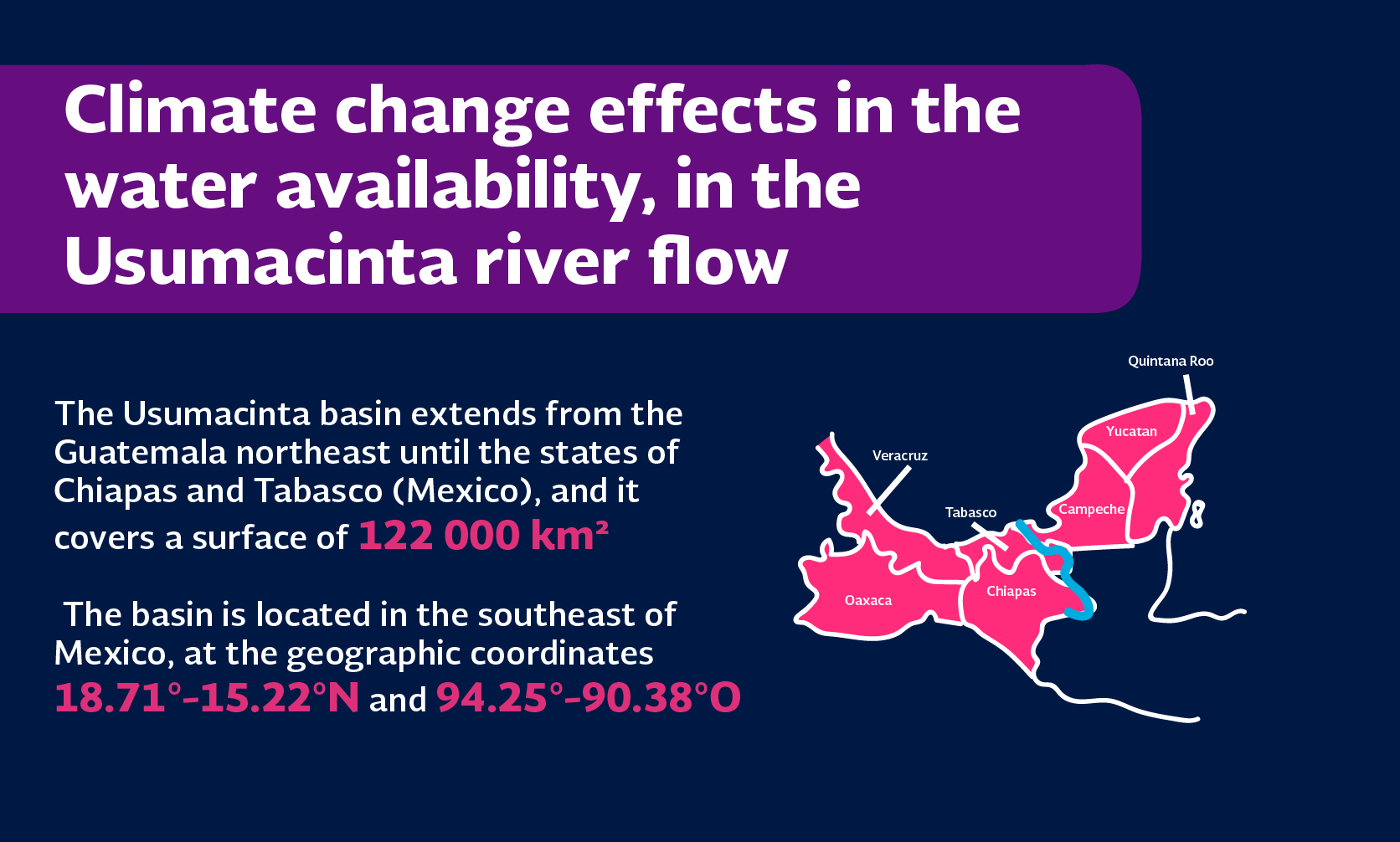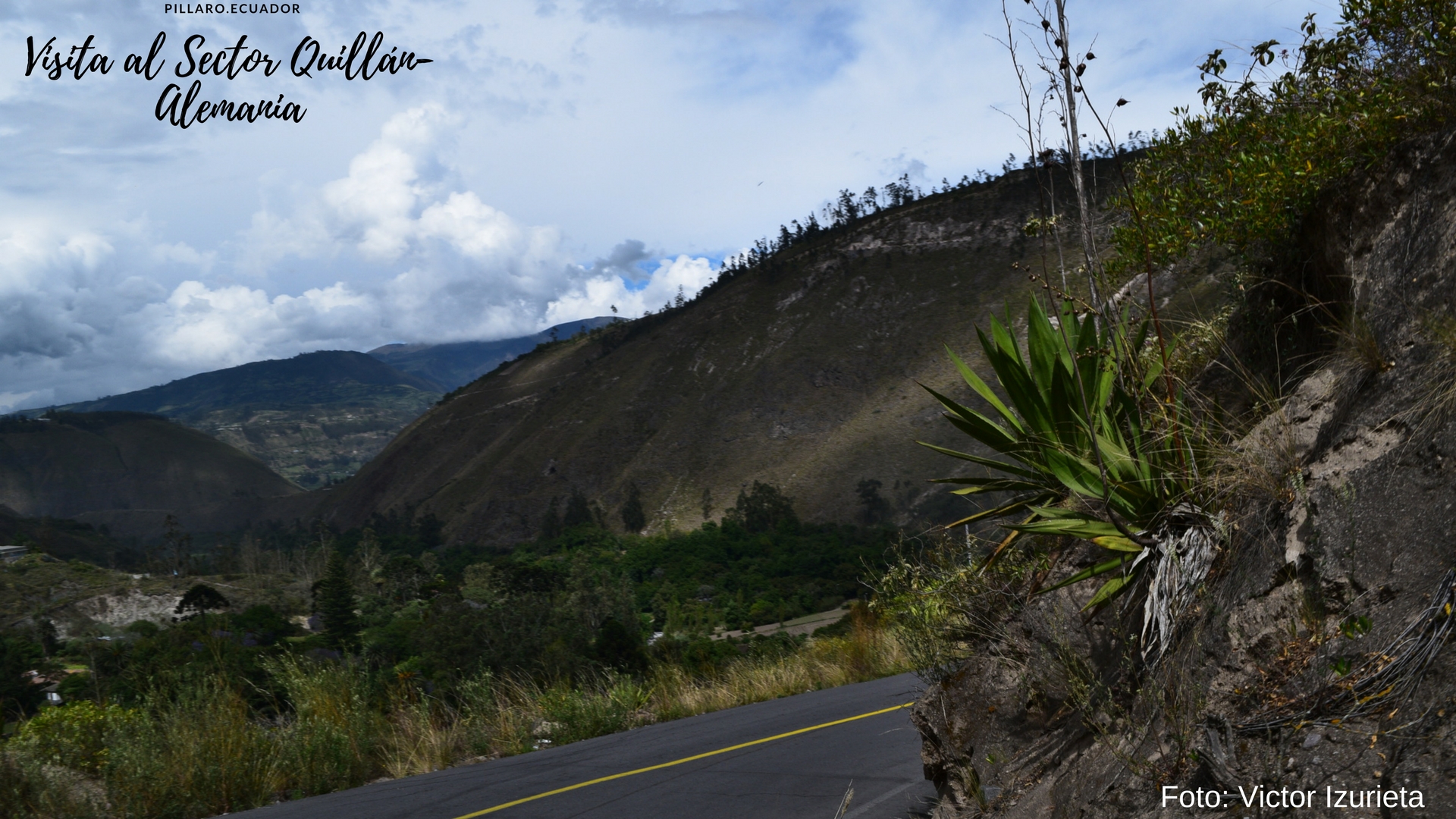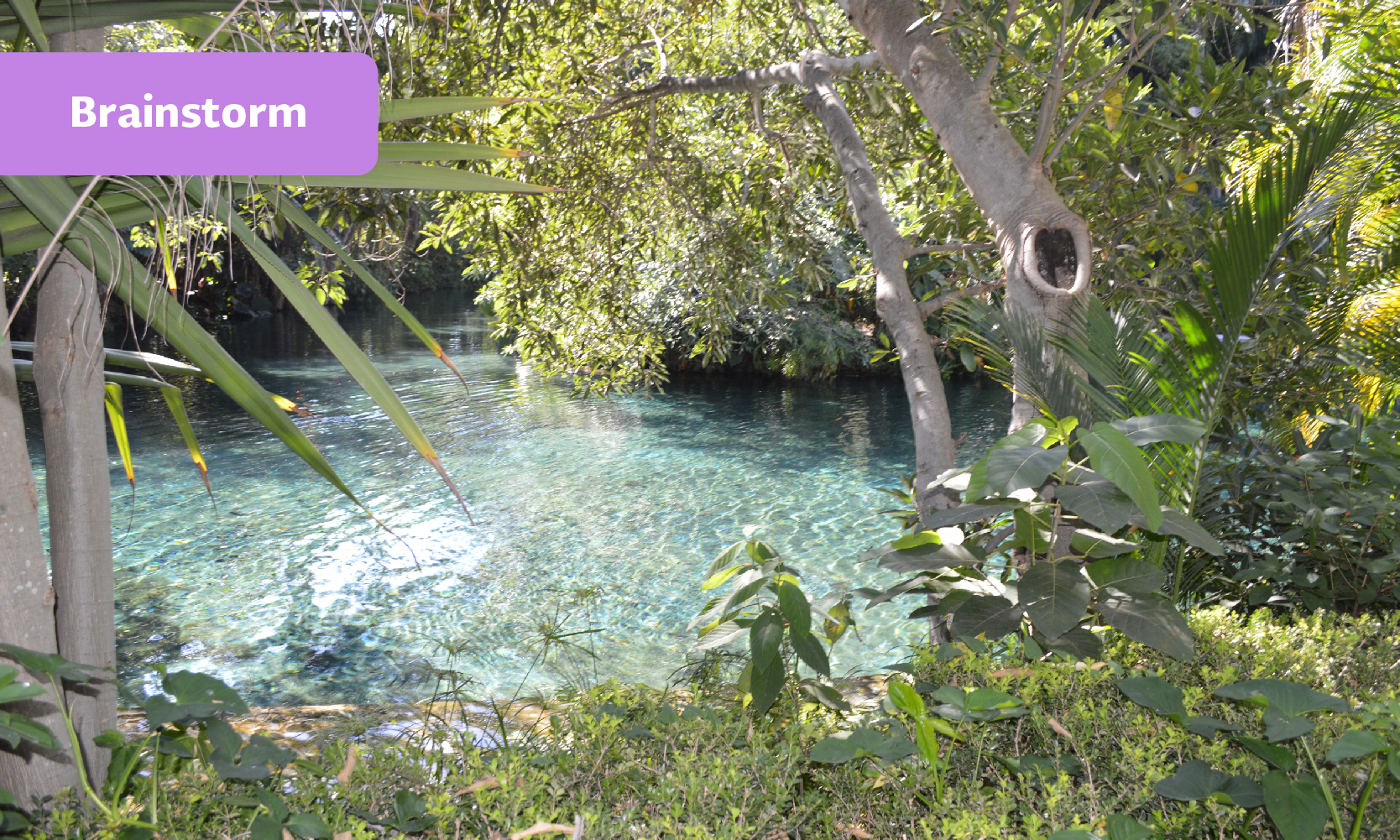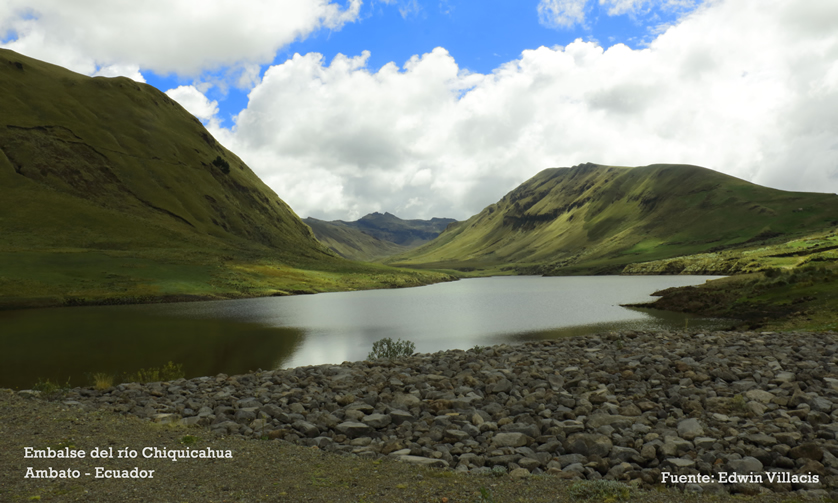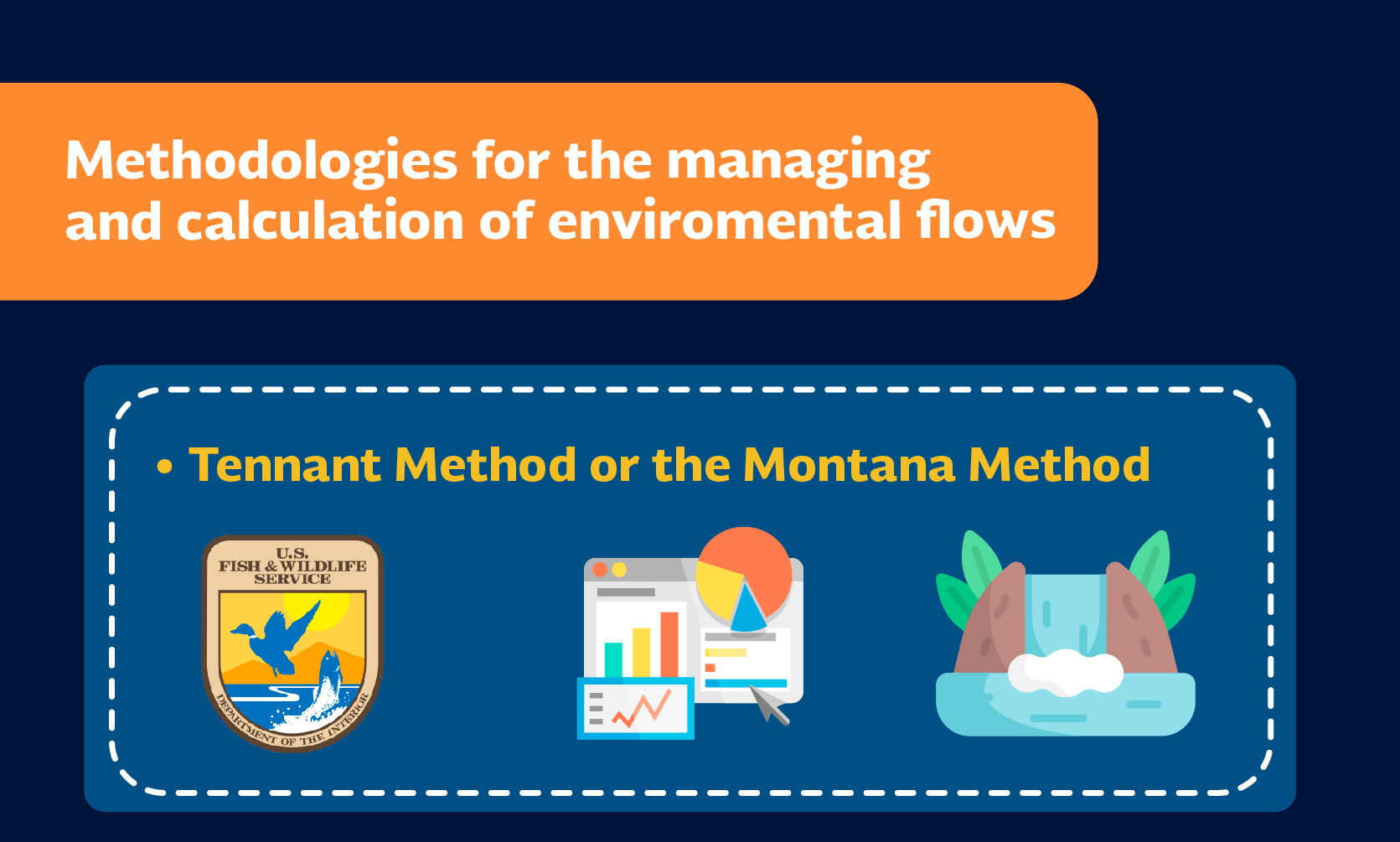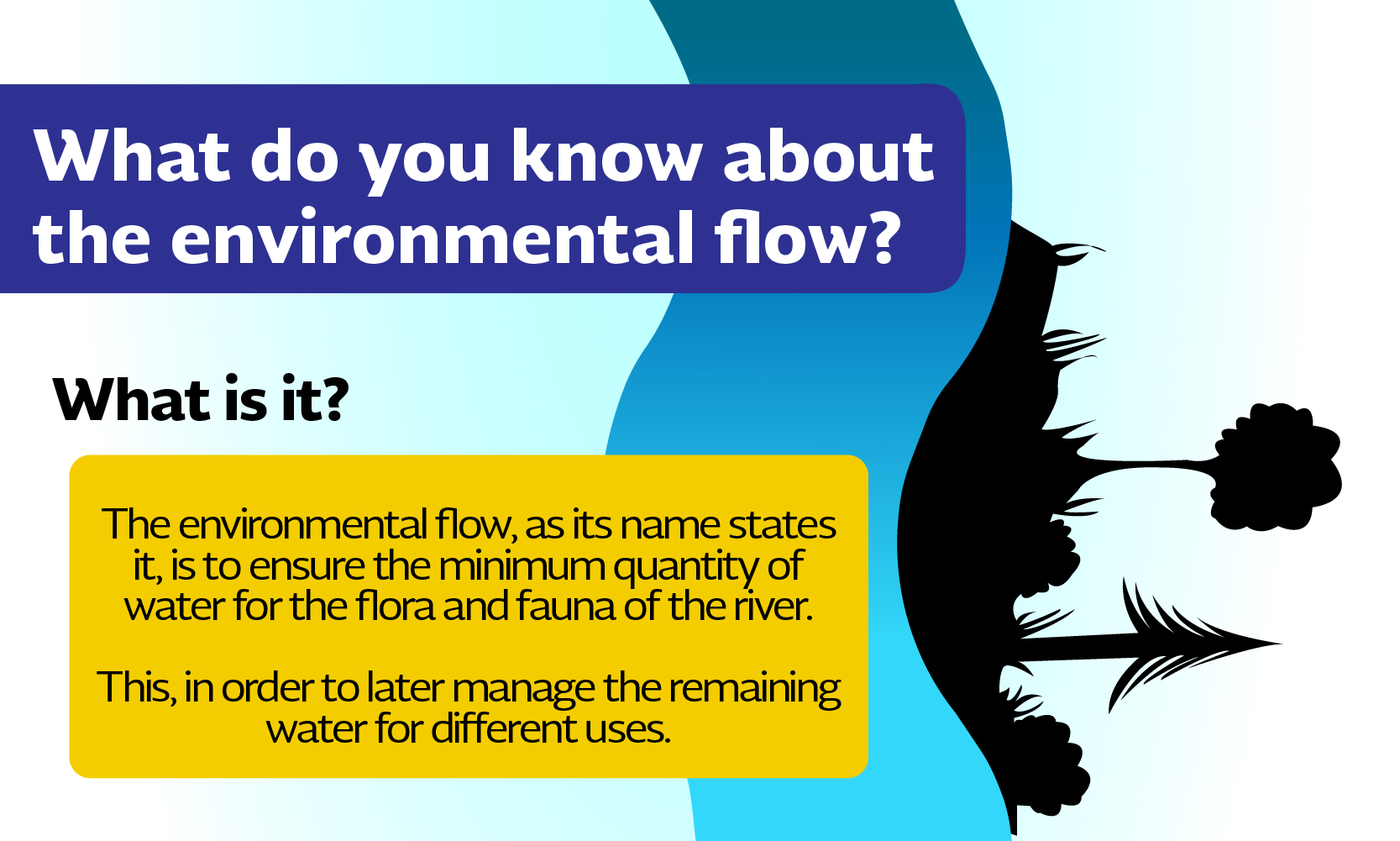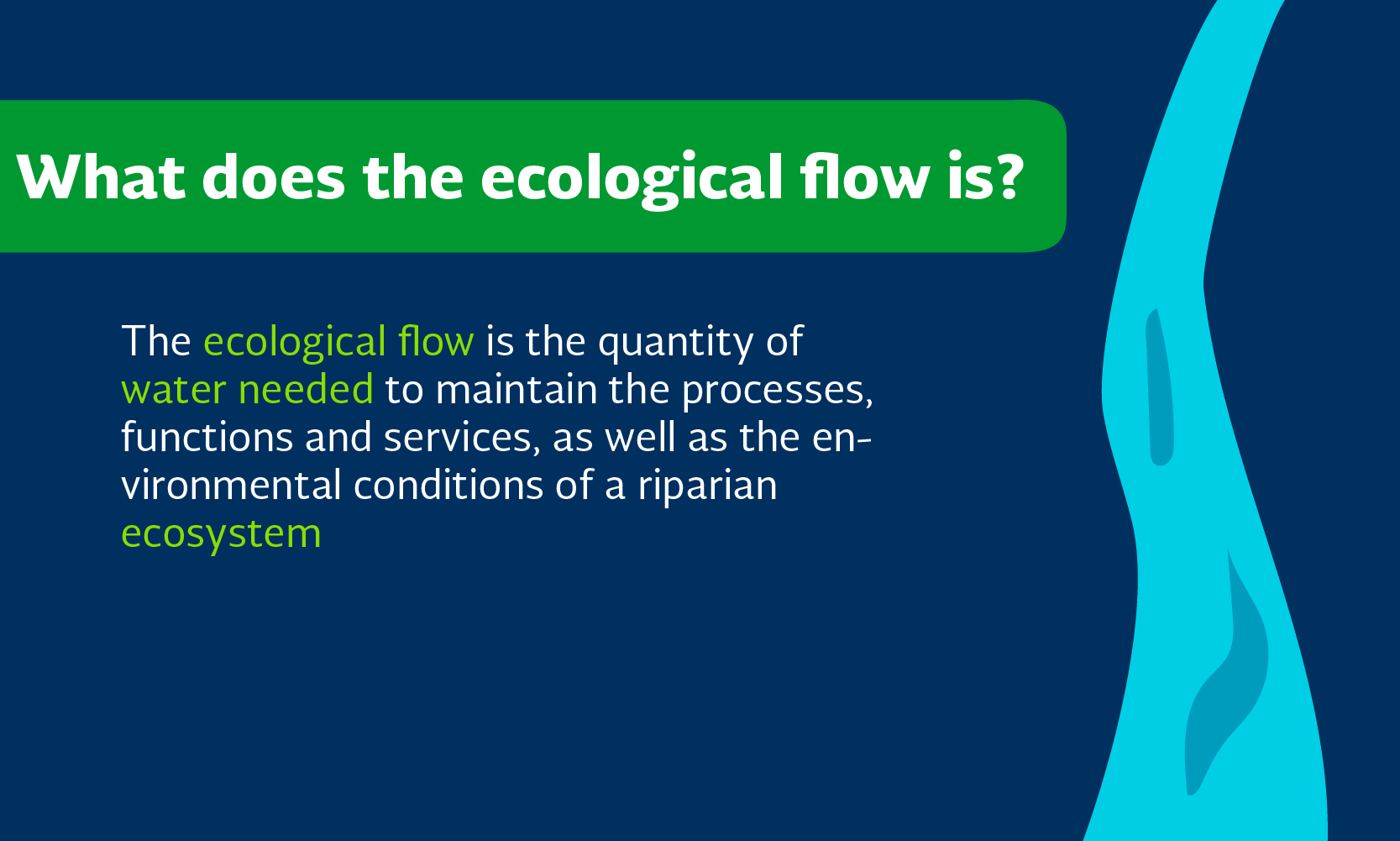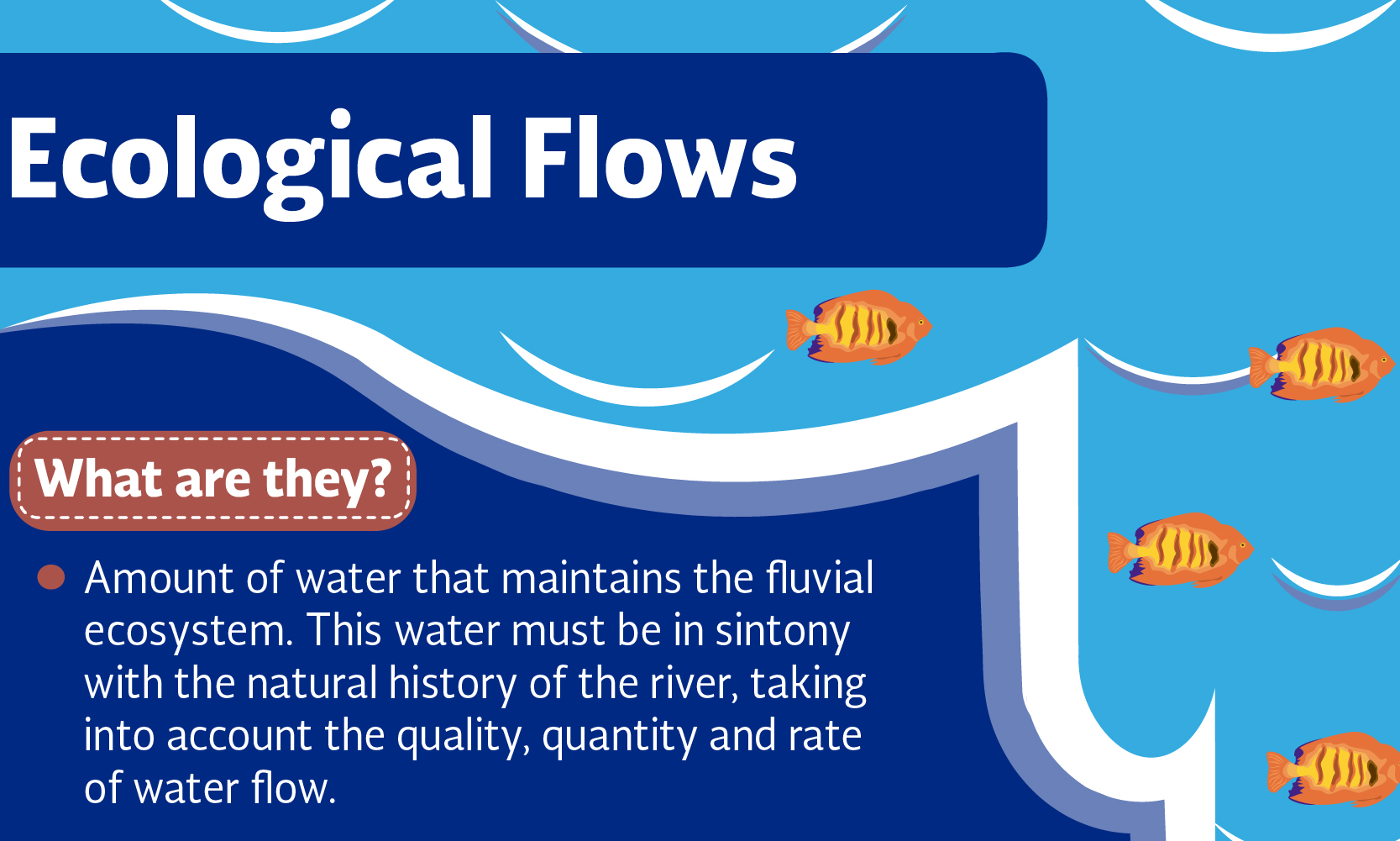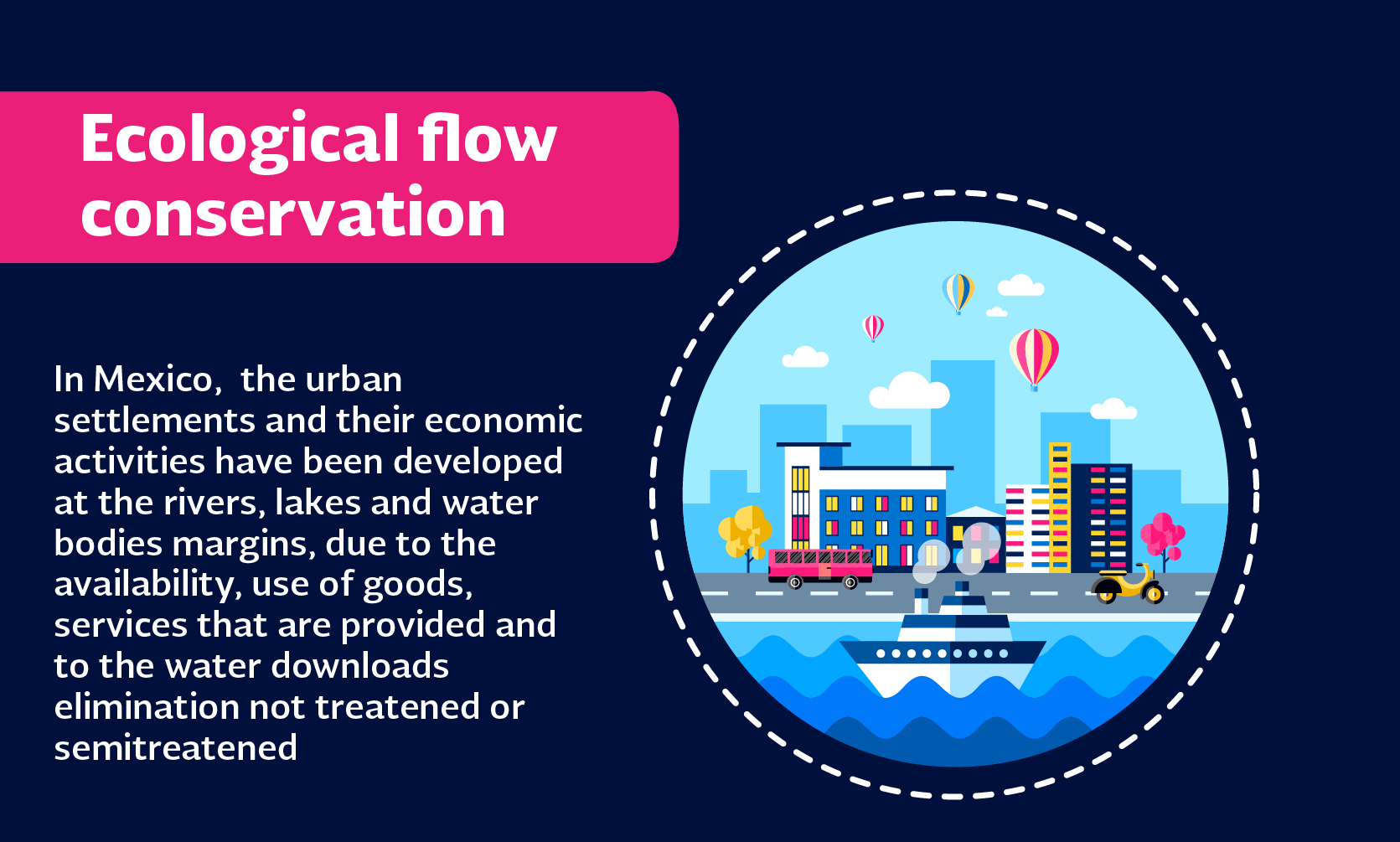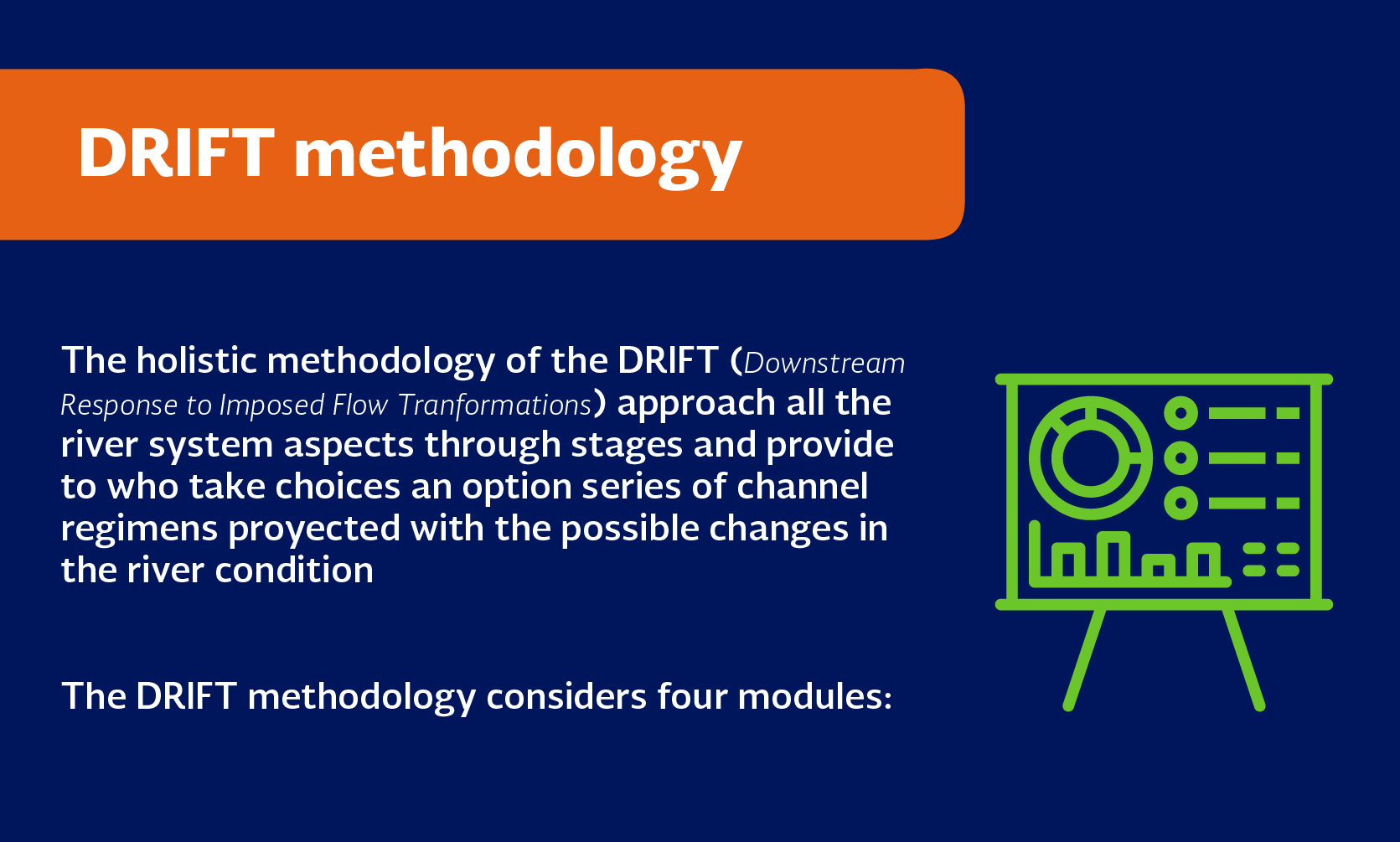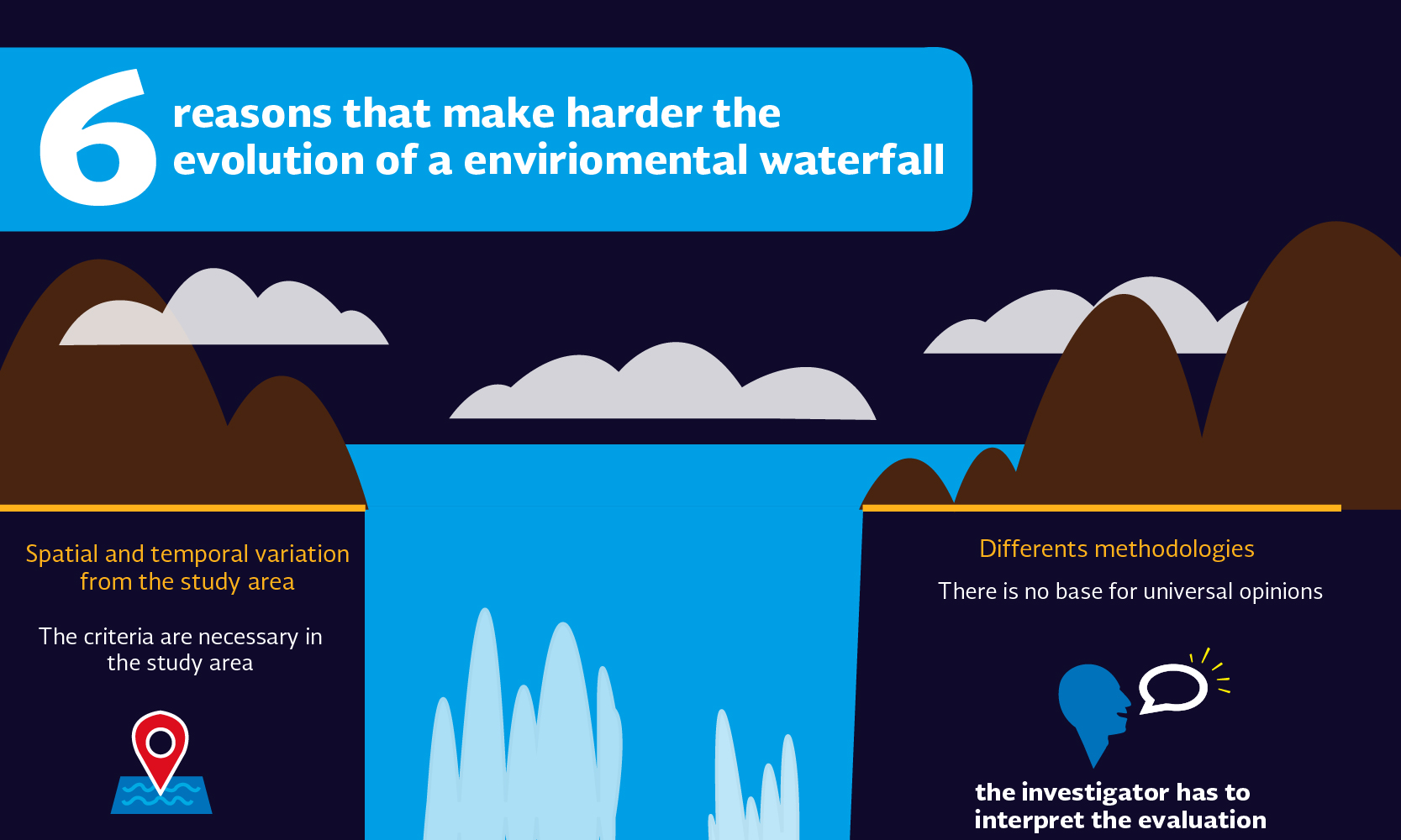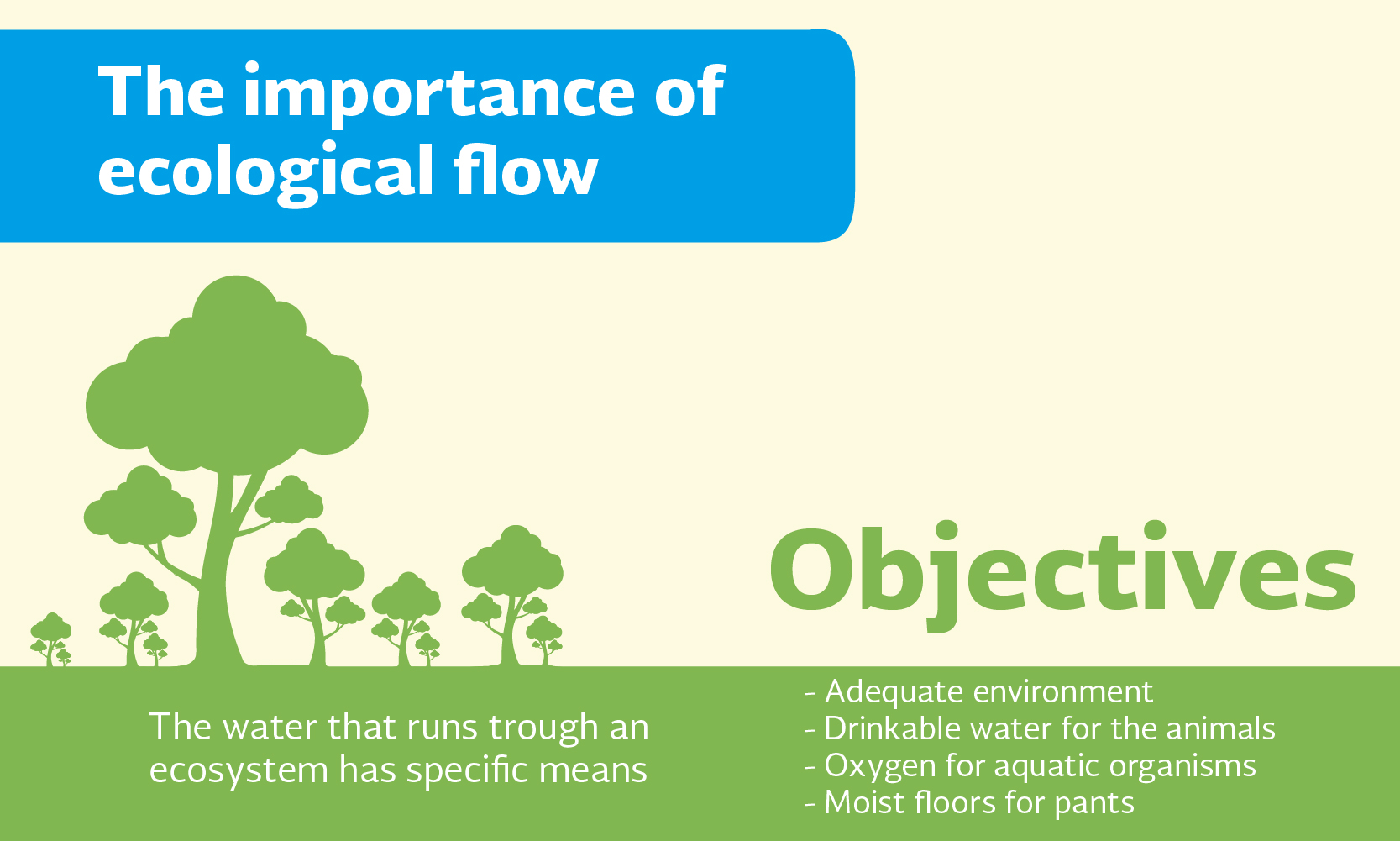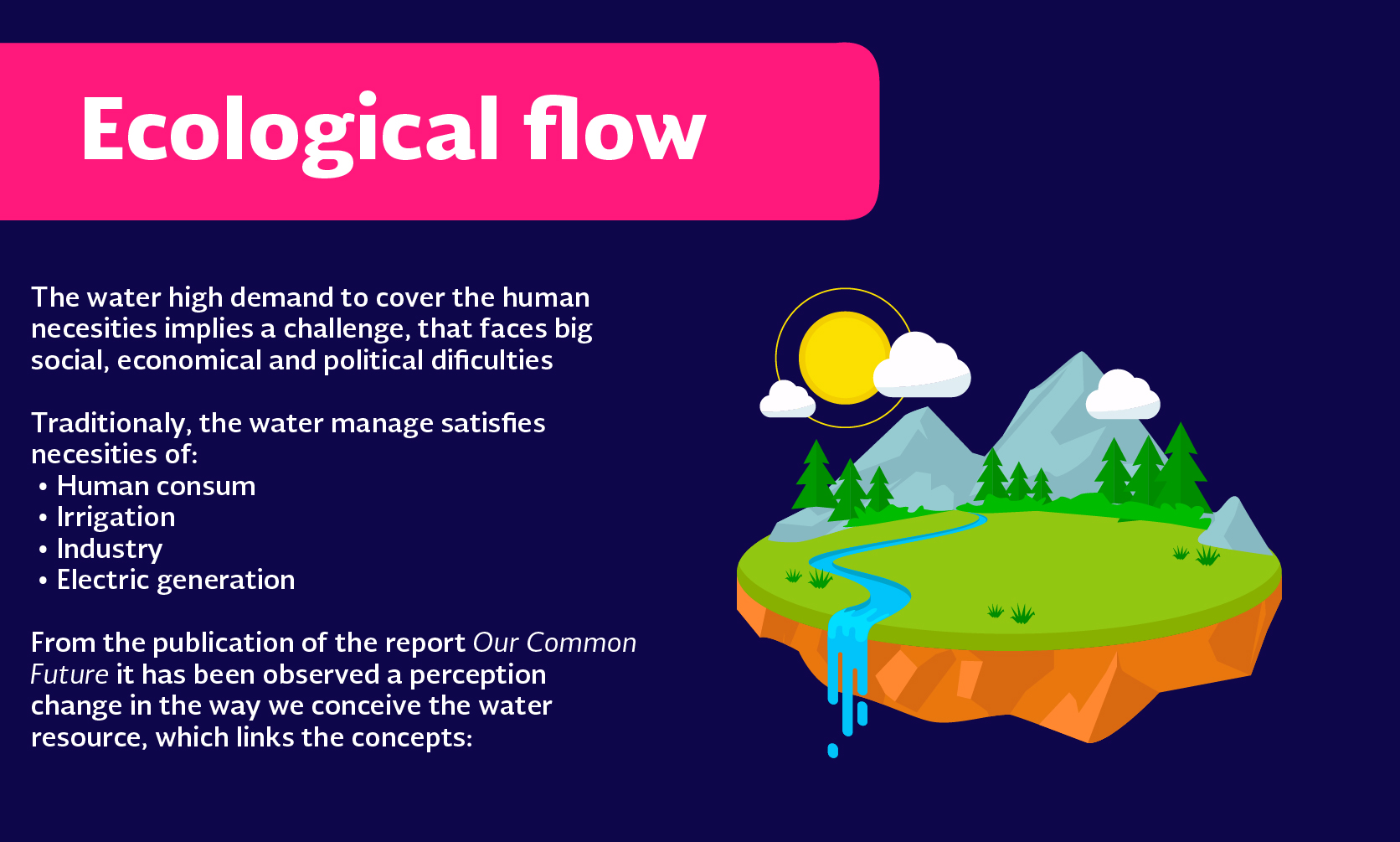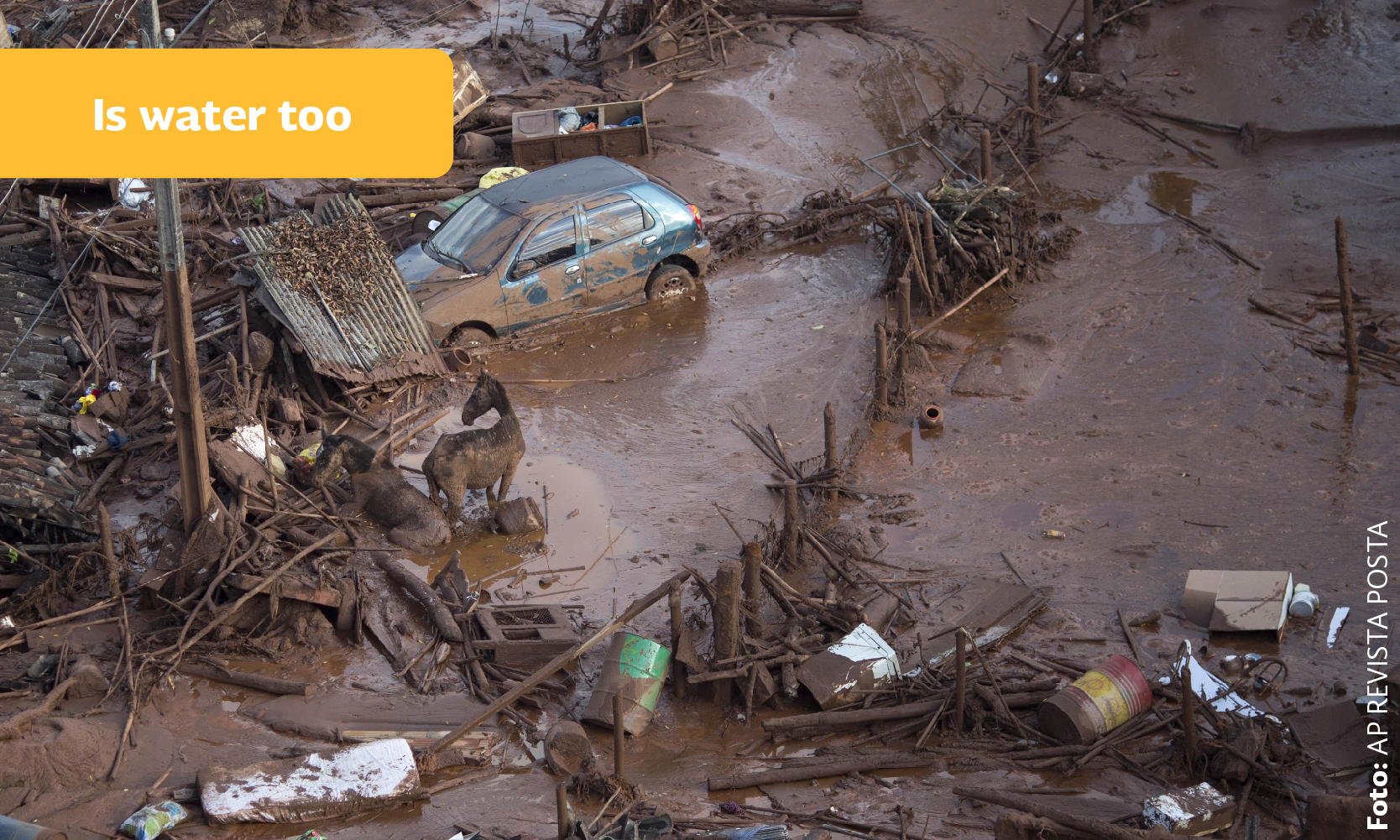In rural areas they form part of estates and crops. Their function is to make water accessible for villages that lack this precious resource, or as an irrigation system for crops, like sugar cane. This system consists of a water flow in a canal at ground level, suitable for the population to have an easy access to it. The word apantle comes from the Nahuatl “atl” meaning water and “pantli” that is row or line.
The problem with apantles is their contamination. Because they are at ground level, they are exposed to any pollutant that is generated; when people wash their clothes, cars, pets or even themselves, many times they use them as drainage, seriously contaminating the water that gets to nurseries, gardens and more people. Other detrimental situations for apantles are the near constructions that use them as sewer systems without considering the harm that they are doing to the environment and the community.
The main function of apantles has been agricultural. Each epoch they have been used in different ways. For example, the Tlahuicas used the apantles generated by the Chapultepec spring for sowing cotton. During the colonialism, Hernán Cortés and company created new apantles that irrigated the lands where sugar cane was cultivated. After the Mexican Revolution, apantles served for corn and bean crops. Since the 70’s of the past century, flowers have been planted, but also urbanization started in the area and with that, new challenges for their operation.(Sisniega, 2017).
We want to know your opinion, help us to answer the next test:
Test How much you know anout the ecological caudal?
Reference sources:
Sisniega, V. (2017). Opinión: apantles. En: El Diario de Morelos. Recuperado de Diario de Morelos





